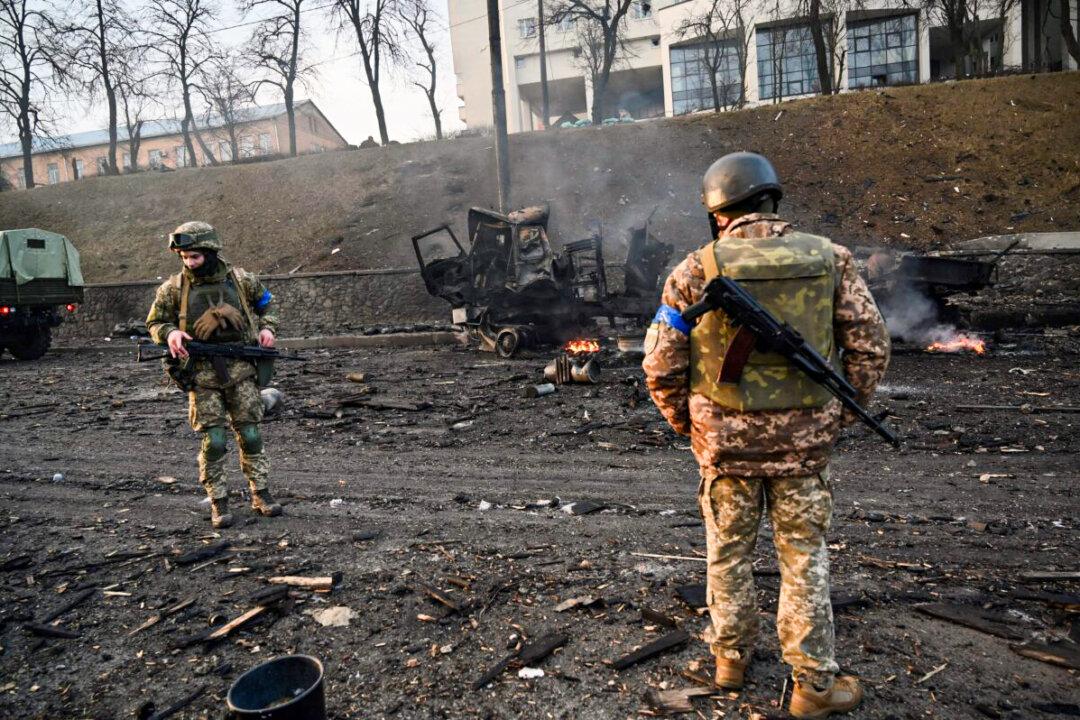Commentary
In his 2014–2015 wars with Ukraine, Russian President Vladimir Putin was hypersensitive to casualties. I imagine he remains so, even as earlier today as he ordered the full-scale invasion of Ukraine.

In his 2014–2015 wars with Ukraine, Russian President Vladimir Putin was hypersensitive to casualties. I imagine he remains so, even as earlier today as he ordered the full-scale invasion of Ukraine.